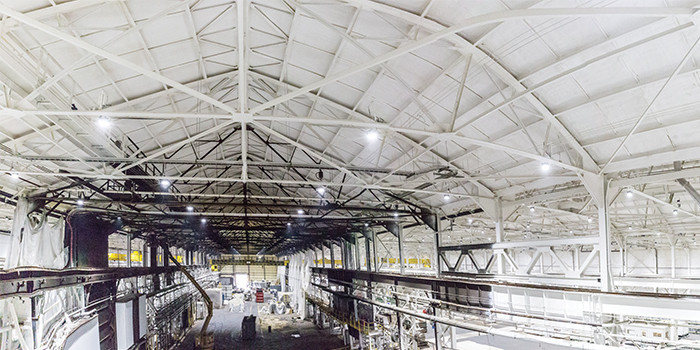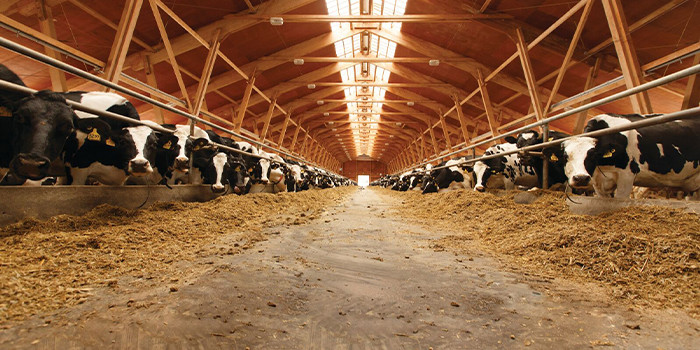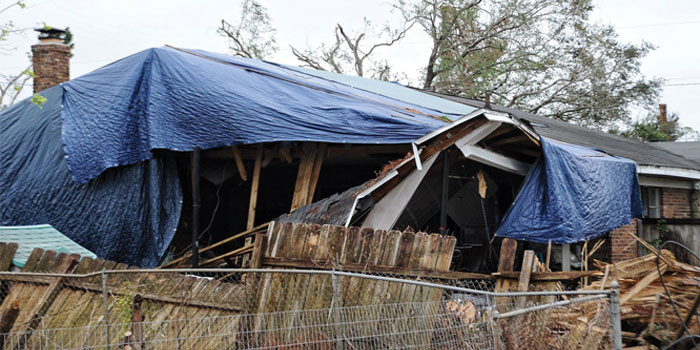Ice Dams Be Damned
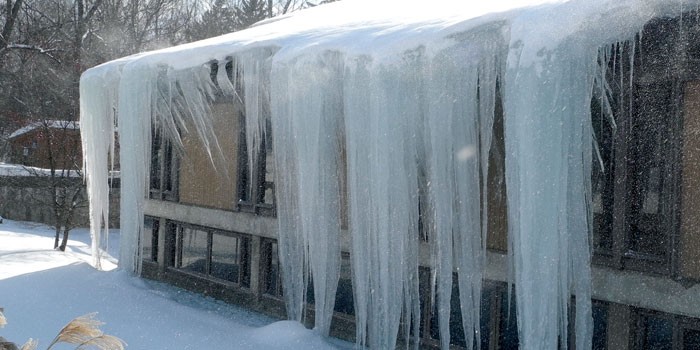

In cold climates that get a lot of snow, heat from inside the house that escapes into a traditional attic can warm the roof, combine this with the snow load on top of the roof that insulates the roof from the cold exterior temperatures, and the roof deck can increase in temperature above 32 degrees F. When this happens, the bottom layer of snow can melt, and the resulting water will run down the roofline to the roof’s edge.
If this occurs while the average exterior temperatures are still below 32 degrees F, the perimeter overhangs will likely be below freezing, and the liquid water can freeze at the roof’s perimeter—which can lead to icicles and possible ice dams.
You are probably familiar with icicles, but an ice dam is a ridge of ice that forms at the edge of a roof and prevents melting snow/water from draining off the roof. The ice dam will grow as more water flows down the roof, builds up behind the ice and freezes, but ice will only form on the parts of the roof that are below freezing temperatures, so as the snow melts, liquid water will collect behind the ice. When this water finds small cracks, crevices and openings in the shingles it can flow into the building, which can cause damage.
Ice dams can break gutters, lift shingles, and can cause water to back up and leak into the house. Of course, when water gets into the house, this is where the real damage occurs—wet insulation, peeling paint, warped wood, stained and sagging ceilings, and more.
As building professionals, how do we solve ice dam problems?
Well, a short-term quick fix is to remove the snow from the roof, such as by sweeping it off or using a “roof rake,” because if the snow is not there, it will not melt on the roof, so there will be no ice at the eaves. And for long-term solutions there are some mechanical options, like heat strips, and more importantly for the spray foam industry, there are some sound building design principles that help lower the risk of ice dams.
Ice dams occur because of uneven temperatures of the roof deck, so the key principle in lowering the risk of ice dams is to maintain more consistent roof deck temperatures. This can be done by reducing heat loss from the living space to the attic and thereby keeping the heat away from the underside of the roof.
In practice this means reducing air leakage, increasing attic insulation value and verifying good natural roof ventilation, when applicable; and we can do all of this as spray foam insulation professionals.
With all of this in mind, there are several great designs with spray foam insulation to help mitigate the risk of ice dams in cold climates:
- spray foam the attic floor (illustrated to the right)
- spray foam directly under the roof deck (illustrated to the right)
- or, place vent baffles under the roof deck and spray foam under the vent baffles
Each of these designs provides the desired benefit of maintaining more consistent roof deck temperatures.
When we spray foam the attic floor, this provides an air seal across the ceiling membrane, reducing air leakage from the house to the attic, and we can put in as much insulation value as we want, with either all spray foam or a hybrid system with spray foam on the attic floor and traditional insulation over it. Additionally, when we have a vented attic system like this, we also want to make sure we have good natural ventilation through soffits, eaves, gables, ridges, etc. This design combines all the key design principles to reduce the risk of ice damming.
When we spray foam the underside of the roof deck we move the thermal boundary and the air barrier to the underside of the roof deck, which means the attic space is now inside the thermal envelope and we have created a sealed, unvented attic. In this design the key plane of protection becomes the spray foam layer under the roof deck, which protects the roof deck from the interior heat and air in the attic. This means the roof deck is primarily exposed to the exterior conditions and more likely to remain cold.
Finally, when we put vent baffles under the roof deck and spray foam under the vent baffles we get the best of both above designs. The vent baffles help promote roof deck ventilation, which keeps the roof deck cold and the spray foam creates a complete air barrier and insulation system which separates the interior heat from the roof deck.
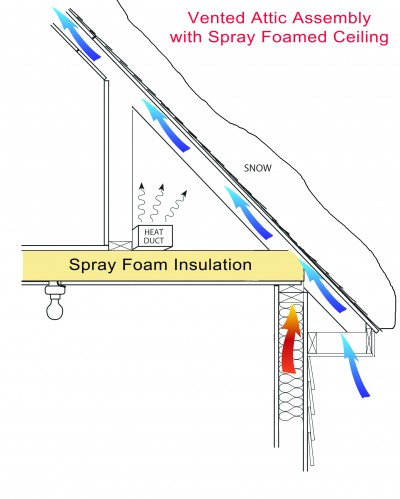
1
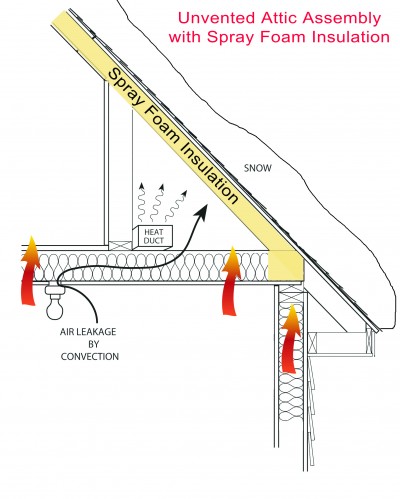
2
As spray foam professionals, we can use these design techniques to help solve our customers problems. Remember when it comes to ice dams they don’t know it’s a problem until it happens, so one of the great “additional benefits” of spray foam designs in northern climates is minimizing the risk of ice damming.
*Spray Foam Magazine does not take editorial positions on particular issues; individual contributions to the magazine express the opinions of discrete authors unless explicitly labeled or otherwise stated. The inclusion of a particular piece in the magazine does not mean that individual staff members or editors concur with the editorial positions represented therein.
Disqus website name not provided.




